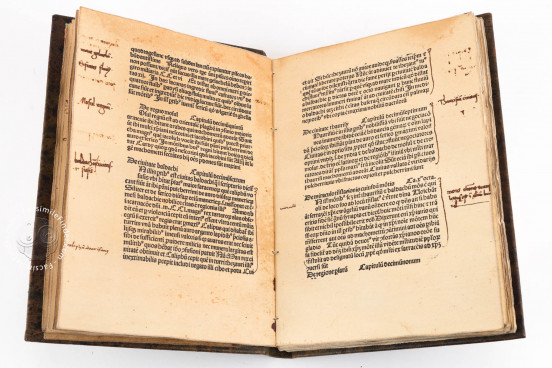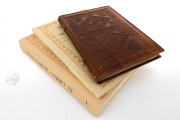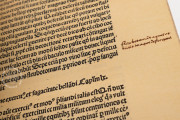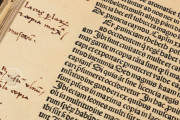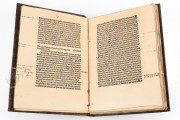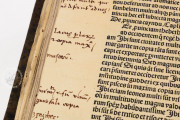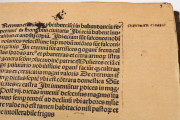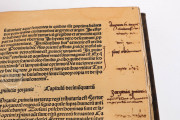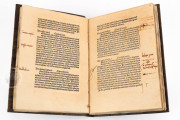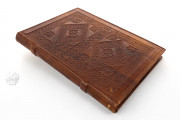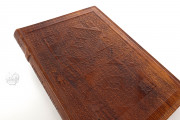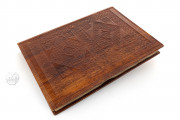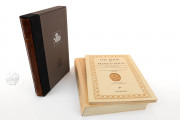This book from Christopher Columbus's personal library is an edition of perhaps the most popular secular book of the late Middle Ages: Marco Polo's De consuetudinibus et conditionibus orientalium regionum (The Customs and Conditions of the Eastern Regions)—the Latin version of the text popularly known in English as the Travels of Marco Polo. This edition of the text was printed in Gouda in 1483 or 1484. Columbus is thought to have consulted the book while he was preparing for his third voyage to America; thus, it is a fundamental document for studying Columbus's geographical knowledge and ideas.
Marco Polo's travels through Asia were first recorded as told to Rustichello da Pisa around 1299. That text, in Franco-Italian, was copied, read, translated, and printed for centuries. Fra Francesco Pipino translated the text into Latin in the early fourteenth century, and it is this Latin text that Columbus read and annotated.
Rich in Annotation
The annotations are the work of three people, Columbus and two others, one of whom is believed to be Fernando, Christopher's illegitimate son (aka Hernando Colón). It seems that one of the anonymous annotators—who was probably working under Columbus's direction—was particularly interested in cities, regions, rulers, and geography, while the other, perhaps Fernando, annotated the most colorful episodes narrated by Polo.
The third annotator was Christopher Columbus, whose notes focus on the goods produced in various cities and regions—such as gems, gold, and spices—showing a strong interest in their economic value. There are also annotations about the flora and fauna of the regions visited by Polo, as well as navigational details, such as allusions to ships, and the directions of the winds and currents.
A Late Medieval Best-Seller
Marco Polo (1254-1323) was one of the most active travelers of his time. A member of a family of Venetian merchants, he traveled to and through Asia from 1271 to 1295, reaching the court of Kublai Khan (1216-1294), the Yuan emperor of China and the emperor of the Mongols.
A Jewel in Columbus's Library
Columbus read and annotated the book between 1497 (when he probably received the book as a gift from an English merchant calling himself John Day) and the end of May 1498 (when he went to Sanlúcar to sail to America). Columbus's library was inherited and greatly expanded by Hernando Colón. It is the foundation of the Biblioteca Colombina.
We have 1 facsimile edition of the manuscript "Columbus's Marco Polo": Libro de Marco Polo o Libro de las Maravillas del Mundo facsimile edition, published by Testimonio Compañía Editorial, 1986
Request Info / Price
